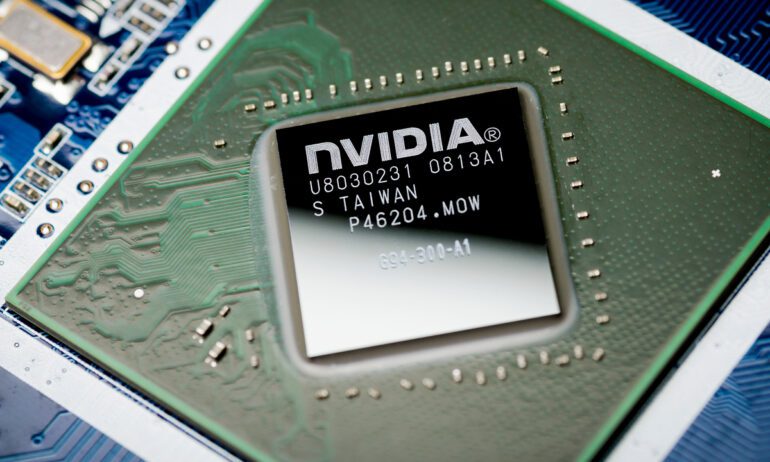TL;DR:
- Nvidia plans to introduce a specialized AI chip for the Chinese market in early 2024.
- Chinese media reports suggest reduced performance of Nvidia’s China-focused chip.
- Nvidia collaborates with Chinese server suppliers to test the HGX H20, which is customized for China.
- Concerns arise due to limitations in bandwidth and computational speed, resulting in reduced computing power.
- Nvidia aims to improve the H20 to accommodate LLMs with fewer parameters and may allow the stacking of multiple AI chips.
- Chinese LLM developers turn to Huawei’s Ascend AI chips as an alternative.
- The supply capacity of Ascend 910B becomes a challenge for developers in China.
Main AI News:
In a rapidly evolving landscape of AI technology, Nvidia’s foray into the Chinese market has encountered unexpected hurdles. The American tech giant had set its sights on introducing a specialized AI chip tailored specifically for the Chinese market, with a tentative launch date slated for the first quarter of 2024. However, reports from prominent Chinese media outlets, including Chinastarmarket, have sent ripples through the industry, revealing that Nvidia’s China-bound chip may fall short of expectations in terms of performance.
Nvidia’s strategy to collaborate with key server suppliers in China to test the HGX H20, a chip customized for the unique demands of the Chinese market and designed to circumvent US export restrictions, had garnered significant attention. Anticipation has been building, with orders for this AI chip expected to become available in January 2024. During its last earnings call, Nvidia had assured its stakeholders of the chip’s compliance with export restrictions, further fueling expectations.
Nevertheless, earlier reports had hinted at a significant drawback – a notable reduction in computing power across three AI chips tailored for compliance. The HGX H20, in particular, grapples with constraints related to bandwidth and computational speed, resulting in an estimated computing power that is only approximately 20% of its more robust counterpart, the H100.
Chinese media has reported Nvidia’s plans to address these concerns by enhancing the HBM and NVLink interconnection configurations of the H20, which are aimed at accommodating large language models (LLMs) with fewer parameters. Additionally, Nvidia is contemplating an innovative approach, allowing customers to stack multiple AI chips tailored for the Chinese market. This strategy could potentially compensate for the lower computational power, albeit at the cost of significantly higher power consumption, potentially doubling or even surpassing that of the H100.
Meanwhile, within the Chinese AI developer community, an intriguing shift is underway. Developers are actively exploring alternatives to Nvidia’s offerings, with their focus now firmly fixed on Huawei’s Ascend AI chips. In a recent Reuters report, it was revealed that Baidu, a tech giant in its own right, has chosen to embrace Huawei’s AI chips as a viable substitute for Nvidia’s offerings. Liu Qingfeng, the founder and chairman of Iflytek, went on record stating that Huawei’s Ascend 910B matches the performance benchmarks set by Nvidia’s A100.
However, one formidable challenge persists – the supply capacity of Huawei’s Ascend 910B. Even if this chip can serve as a suitable alternative to Nvidia’s forthcoming China-focused AI chip, sources within the industry have cautioned that the relatively slow pace of production expansion for the Ascend 910B might struggle to meet the surging demands for AI chips within the Chinese market. As competition intensifies, it remains to be seen which player will ultimately triumph in this high-stakes game of technological innovation and supply chain prowess.
Conclusion:
The challenges faced by Nvidia in delivering a high-performance AI chip tailored for the Chinese market, coupled with the emergence of Huawei’s Ascend AI chips as a competitive alternative, signal intensified competition in the rapidly evolving Chinese AI chip market. Meeting the surging demand for AI chips while addressing performance concerns will be pivotal in determining market dominance.

